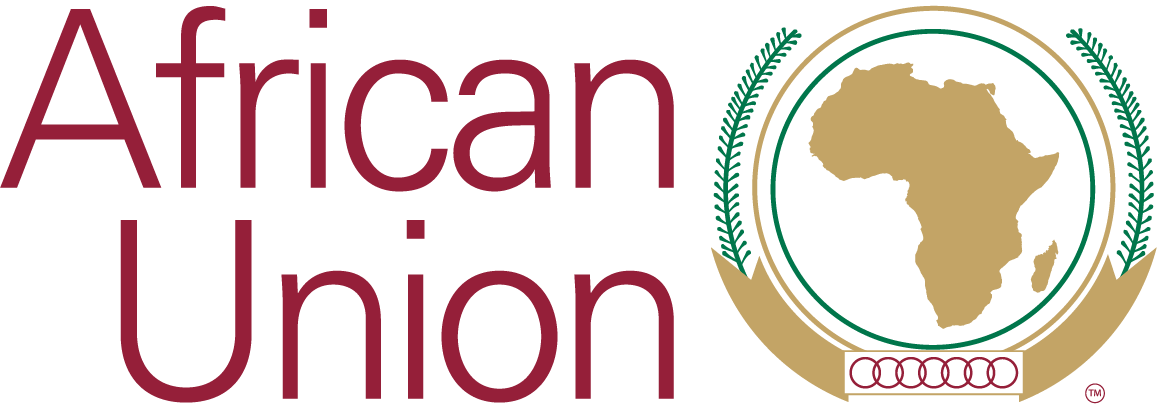The past 25 years have been riddled with wars on the continent, often involving child soldiers, and always adversely affecting the rights and wellbeing of children. Children suffer disproportionately from the effects of war.They bear the brunt of the conflict, risking their lives, losing their homes, being separated from their families, and being exposed to sexual violence, mines, unexploded ordnances and improvised explosive devices and recruitment to armed groups.While there has in recent times been some reduction in armed conflict on the continent, the situation remains volatile. Children living in situations of armed conflict and instability experience severe human rights violations. There is a very strong correlation between conflict and children’s rights. Under article 22 of the African Children’s Charter, States must ensure that no child directly takes part in armed conflict, and that no child is recruited into armed groups and forces.This aspiration is in line with the AU’s campaign to ‘silence the guns’ in Africa, and the commitment by AU member States to end all wars on the continent by 2020. Other disasters or emergency situations, such as natural disasters, including the effects of climate change, and epidemics, such as Ebola, often have a disproportionately negative impact on children. Despite their precarious position, children are often overlooked in States’ disaster-management and response. In many instances, armed conflict, disaster and other emergencies give rise to internal displacement and the flow of refugees across borders.
By 2040:
- Armed conflict on the continent is significantly reduced.
- The proliferation of arms, in particular small arms and light weapons, has been halted.
- Armed forces deployed during hostilities are proactively supported by military training, which includes specific modules dealing with issues such as the identification of children, the verification of age, and the handover referral system of children to civilian authorities at the earliest possible instance.
- There are no child soldiers; no child is recruited into the armed forces or plays a direct part in armed hostilities.
- The social, cultural, economic and political determinants of conflict and violence are addressed through changing of attitudes and behaviour.
- Basic services are restored in States facing conflict and instability; children’s wellbeing, reflected in low infant mortality rates and extensive access to health care and education, is the worst in States undergoing protracted conflict and instability.
- Children, in particular the youth and adolescents, play a key role in peace-building and prevention, so as to draw attention to the structural and more immediate causes of conflict as they relate to children.
- Children involved in and affected by armed conflict are reintegrated into communities and provided with adequate psychosocial support.
- Children’s rights are integrated into peace- making, peace-building and preventive actions.
- Children are equipped to be resilient in the face of
- disasters or other emergency situations.
- Separated and unaccompanied children are prioritised and provided with special protection.






